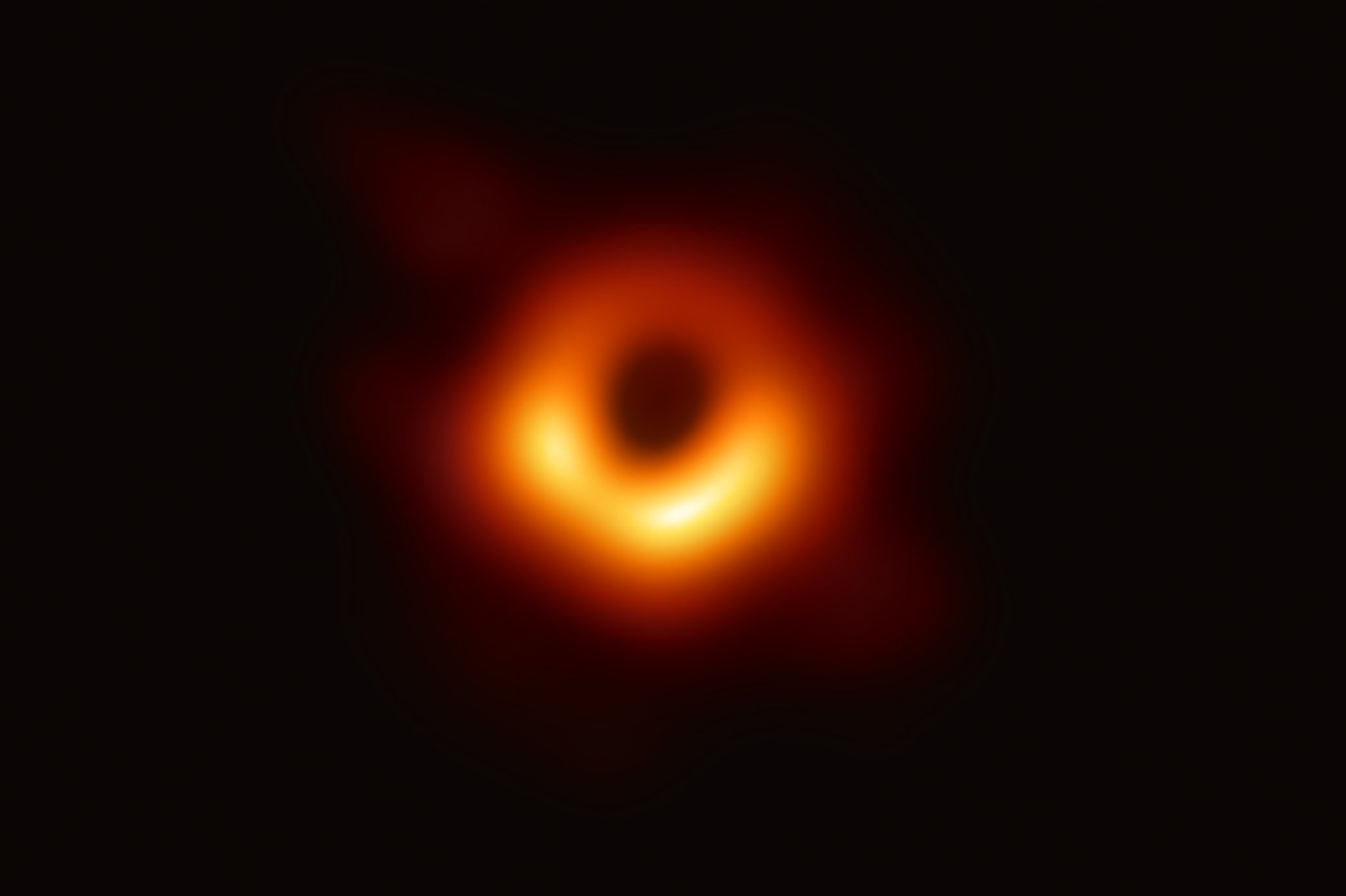On Monday a team of NASA astronomers announced the discovery of the first rocky planet orbiting a star outside our solar system. The discovery of the planet, named Kepler-10b, was the result of data collected by the Kepler spacecraft, launched by NASA in March 2009.
Remember when grade school astronomy consisted mainly of knowing the names of the nine planets in order from the sun? We have come a long way from the astronomy taught to us even 10 years ago. In recent decades, significant progress in the fields of astronomy and astrophysics has brought about a revolution in understanding of the origins and nature of our universe. Hundreds of planets of startling diversity have been discovered orbiting distant suns. Black holes, once viewed as exotic theoretical possibilities, are now known to be present at the center of most galaxies, including our own. Precision measurements of the primordial radiation left by the big bang have enabled astronomers to determine the age, size, and shape of the universe. Recent discoveries, powerful new ways to observe the universe, and bold new ideas to understand it have created unprecedented scientific opportunities.
So how can we make the most of these opportunities to better understand our universe? New Worlds, New Horizons in Astronomy and Astrophysics, a new book from the National Research Council, outlines a plan for ground- and space- based astronomy and astrophysics for the coming decade. This book, based on comprehensive input from the astronomy and astrophysics community, presents exciting yet realistic recommendations.
A companion volume, Panel Reports–New Worlds, New Horizons in Astronomy and Astrophysics features a collection of reports on various sub-areas of astronomy and astrophysics. Each of these reports played an important role in setting overall priorities.
These titles and others can guide future research and decision making.
 |
New Worlds, New Horizons in Astronomy and Astrophysics
Driven by discoveries, and enabled by leaps in technology and imagination, our understanding of the universe has changed dramatically over the course of the last few decades. The fields of astronomy and astrophysics are making new connections to…
 |
 |
Panel Reports–New Worlds, New Horizons in Astronomy and Astrophysics
Every ten years the National Research Council releases a survey of astronomy and astrophysics outlining priorities for the coming decade. The most recent survey, entitled New Worlds, New Horizons in Astronomy and Astrophysics, provides overall…
 |
 |
Report of the Panel on Implementing Recommendations from the New Worlds, New Horizons Decadal Survey
The 2010 Astronomy and Astrophysics Decadal Survey report, New Worlds, New Horizons in Astronomy and Astrophysics (NWNH), outlines a scientifically exciting and programmatically integrated plan for both ground- and space-based astronomy and astrophysics in…
 |
 |
Life and Physical Sciences Research for a New Era of Space Exploration: An Interim Report
In response to requests from Congress, NASA asked the National Research Council to undertake a decadal survey of life and physical sciences in microgravity. Developed in consultation with members of the life and physical sciences communities, the guiding…
 |
 |
Defending Planet Earth: Near-Earth Object Surveys and Hazard Mitigation Strategies
The United States spends approximately $4 million each year searching for near-Earth objects (NEOs). The objective is to detect those that may collide with Earth. The majority of this funding supports the operation of several observatories that scan the sky…
 |
 |
An Enabling Foundation for NASA’s Space and Earth Science Missions
NASA’s space and Earth science program is composed of two principal components: spaceflight projects and mission-enabling activities. Most of the budget of NASA’s Science Mission Directorate (SMD) is applied to spaceflight missions, but NASA identifies nearly…
 |
 |
Revitalizing NASA’s Suborbital Program: Advancing Science, Driving Innovation, and Developing a Workforce
Suborbital flight activities, including the use of sounding rockets, aircraft, and high-altitude balloons, and suborbital reusable launch vehicles, offer valuable opportunities to advance science, train the next generation of scientists and engineers, and…
 |
 |
America’s Future in Space: Aligning the Civil Space Program with National Needs
As civil space policies and programs have evolved, the geopolitical environment has changed dramatically. Although the U.S. space program was originally driven in large part by competition with the Soviet Union, the nation now finds itself in a post-Cold War…
 |
 |
Radioisotope Power Systems: An Imperative for Maintaining U.S. Leadership in Space Exploration
Spacecraft require electrical energy. This energy must be available in the outer reaches of the solar system where sunlight is very faint. It must be available through lunar nights that last for 14 days, through long periods of dark and cold at the higher…
 |
 |
Approaches to Future Space Cooperation and Competition in a Globalizing World: Summary of a Workshop
Numerous countries and regions now have very active space programs, and the number is increasing. These maturing capabilities around the world create a plethora of potential partners for cooperative space endeavors, while at the same time heightening…
 |






















